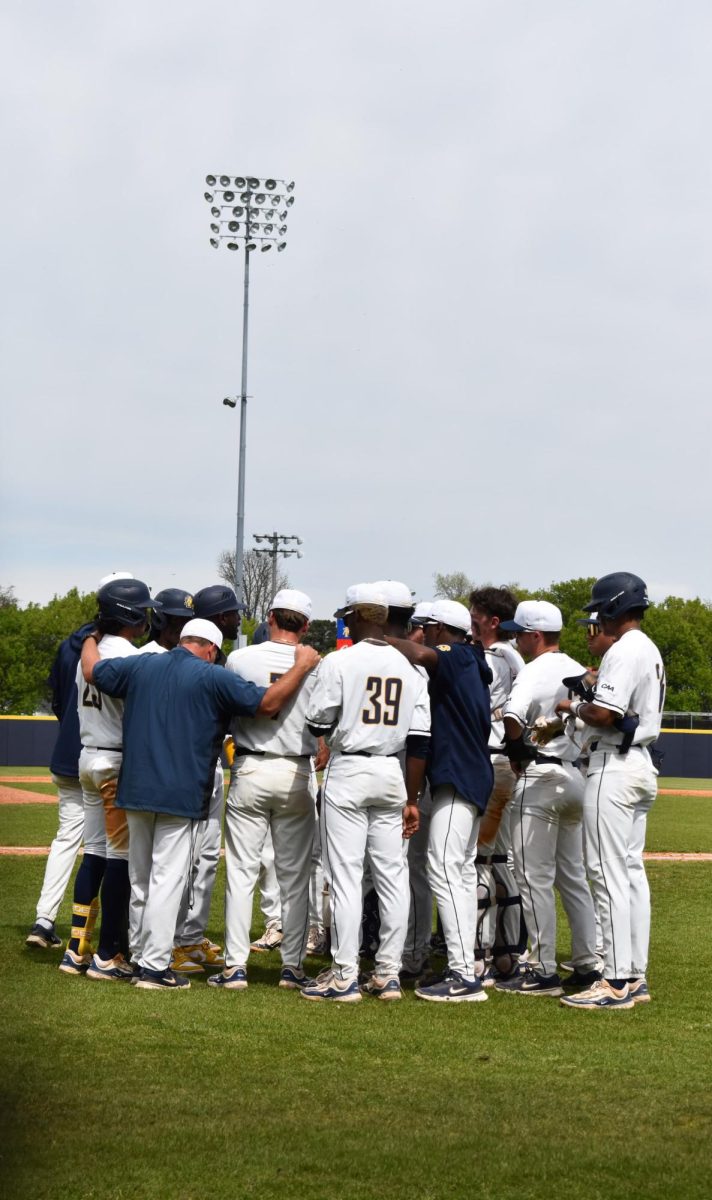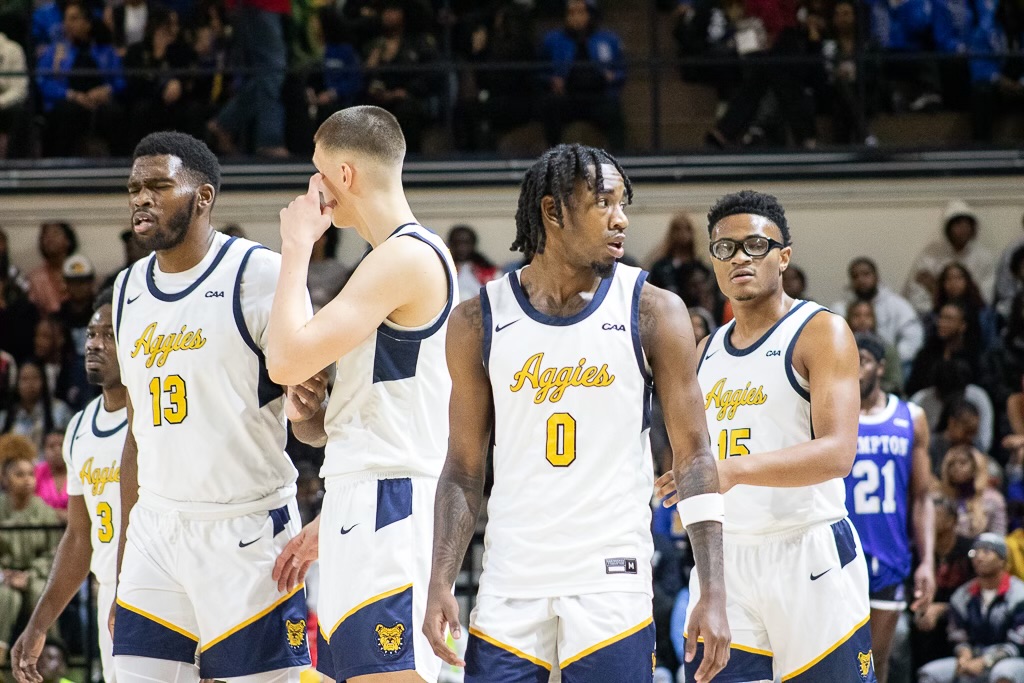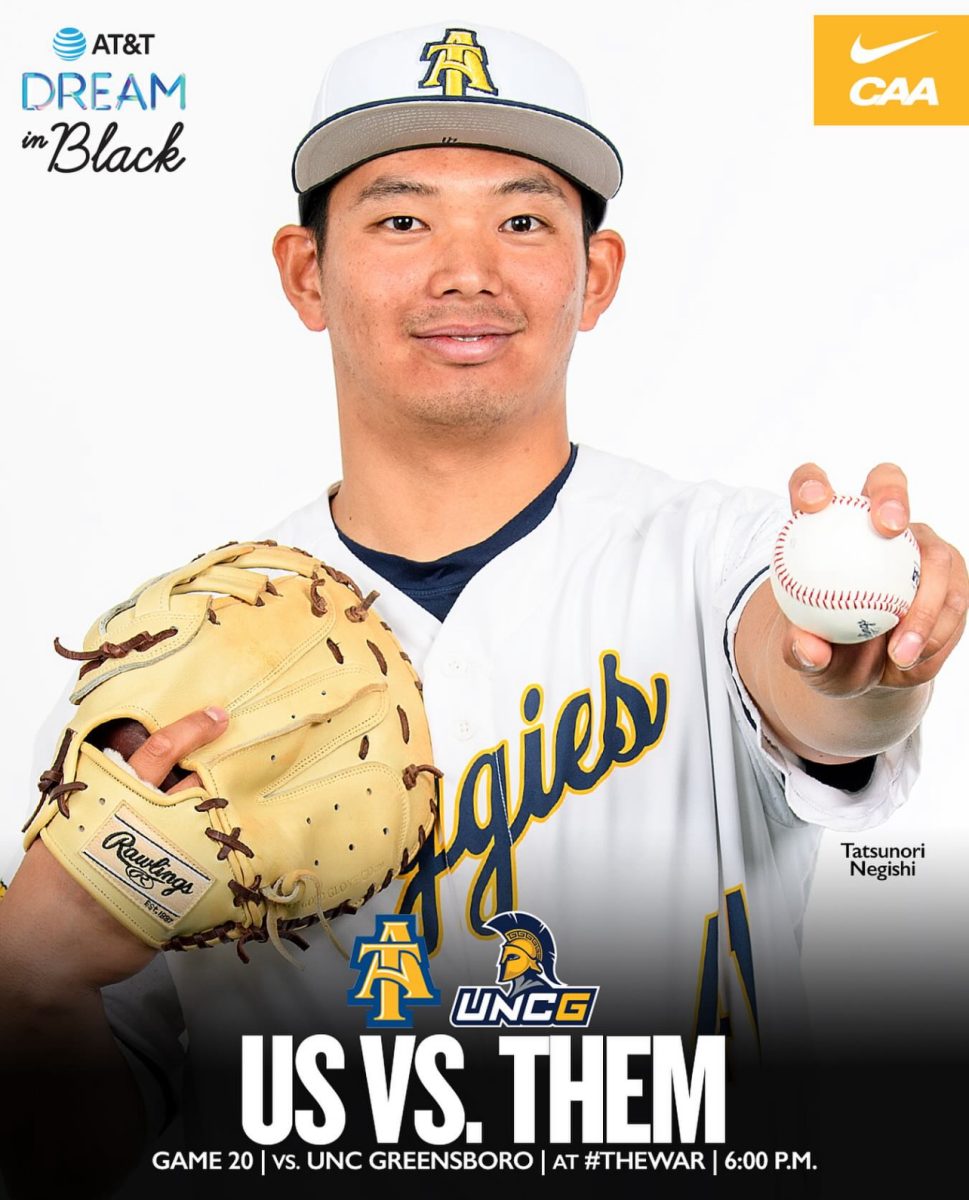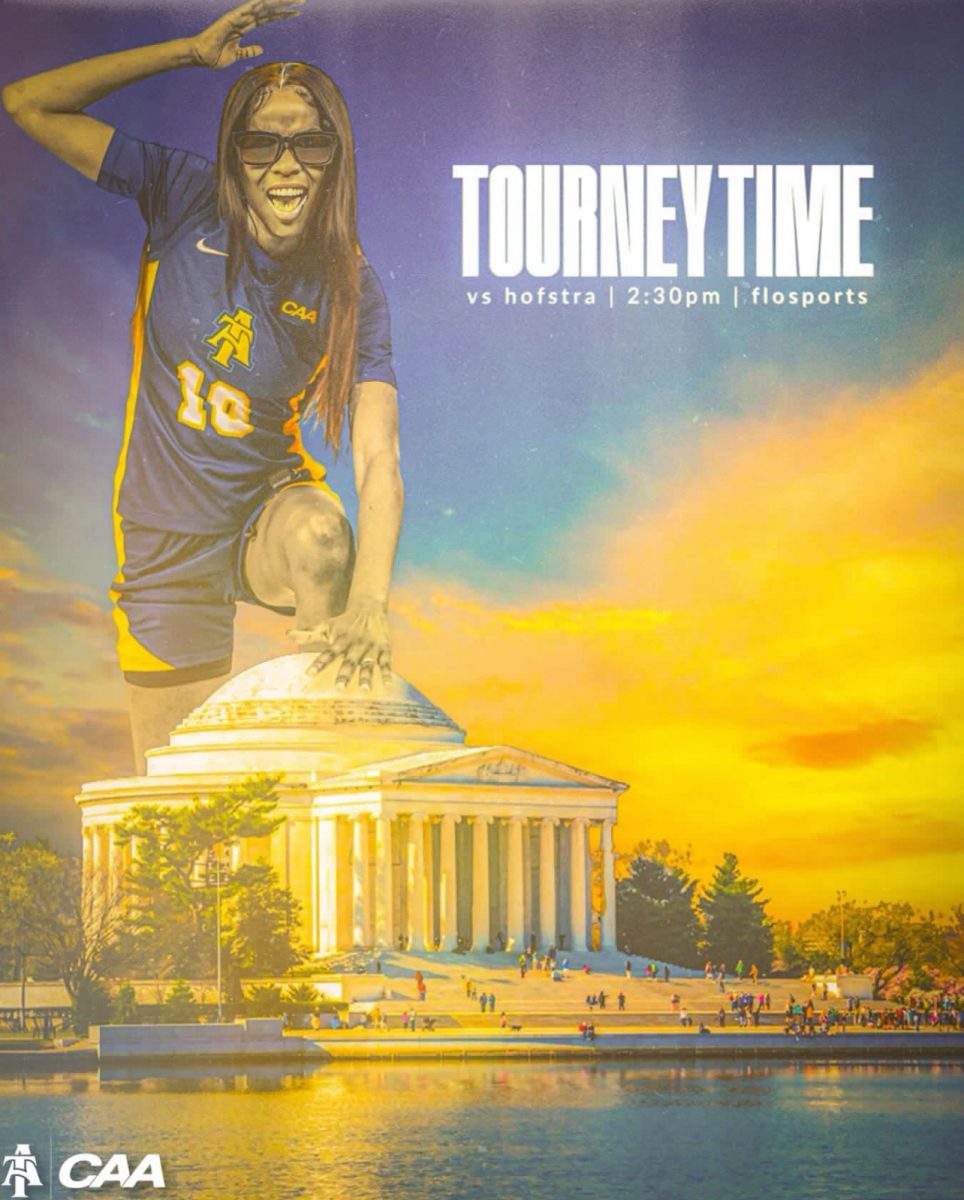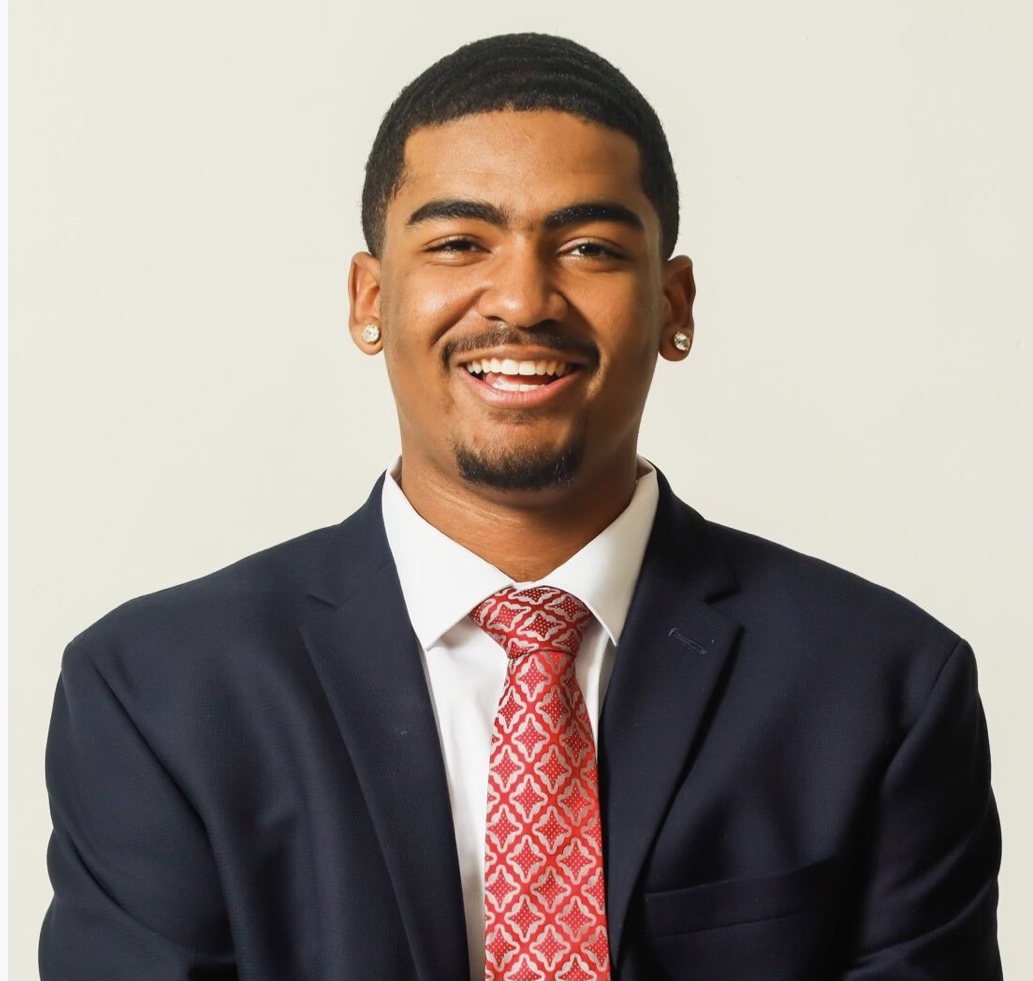Have you ever thought about what it would be like if your favorite NFL or NBA player attended an HBCU?
If the top athletes, today from two of the most popular sports in the country were to attend Historically Black Colleges & Universities (HBCUs) this could pave the way for so much more in the future.
Think about the influence that it would have on the youth today. Professional athletes have the power of persuasion on young people, without even saying a word. The reason being is because their actions speak volumes.
Think about how it was in the 90’s when everybody wanted to be like Mike. What if Michael Jordan would have attended North Carolina A&T? This could have left the impression on young black men and women that attending a black college would not be a bad choice after all. And they would still have a shot at the professional level.
Dating back to the 20th century there were always HBCU athletes getting drafted to the NBA and NFL. In those days more athletes attended HBCUs, resulting in the large numbers of draftees and players.
There are a number of former HBCU athletes in the NBA and the NFL who made it to the pros and into the Hall of Fame. Some notable athletes are; Jerry Rice (Mississippi Valley State), Shannon Sharpe (Savannah State), and Earl “The Pearl” Monroe (Winston-Salem State), just to name a few.
So the real question is, why haven’t there been a large amount of athletes choosing to attend HBCUs, rather than Predominantly White Institutions (PWI) in the last 20 to 30 years?
In some cases influence from parents aid into the decision. Parents often assume that PWIs are the better choice for a good education and athletic career, but this is not the case. Many HBCUs are renowned for their academics, and student accomplishments.
For example Florida A&M produces the highest amount of black pharmacists in the country, N.C. A&T produces the largest number of black engineers in the country, Xavier produces the largest amount of black medical students in the country, and the list goes on.
Unfortunately, often times they are not put into the same kind of spotlight and national attention, and are commonly referred to as the “the last resort” for black students.
However part of the problem is that HBCUs don’t receive the same amount of funding that PWIs receive. With the right amount of funding a university can upgrade facilities, offer more scholarships, build new dorms, and offer a lot more both academically and athletically.
Senior Brian Scarborough, a Sports Science and Fitness student, believes if more high profile athletes attended HBCUs, it would shine a light on these colleges and universities.
“ I feel like more games would be sold out, with the fact that these type of high, level, recruits would attract a major fan base all over the world,” said Scarborough.
Think about it, if black athletes didn’t choose to attend PWIs and attended HBCUs instead, then there wouldn’t be as much fun and excitement in watching the College Football Playoffs or March Madness.
Due to the fact that the majority of the best players on the top college football and basketball teams are black, and every team needs/wants the best players to win at the highest level.
While this is to not discount or overlook the athletes that are attending HBCUs currently and the talent they bring to their respective schools and conferences, one can’t help but to ponder the possibilities if players like Saquon Barkley from Penn State, Calvin Ridley from Alabama, or Lamar Jackson from Louisville chose to attend Grambling, South Carolina State or Texas Southern who combined, have developed over 230 professional athletes.
This could have the potential to open many eyes and change the mindsets of people who doubt the talent that HBCUs produce, but also showcase the beauty of these illustrious campuses across the country each with a rich history and vibrant culture unlike any other.

